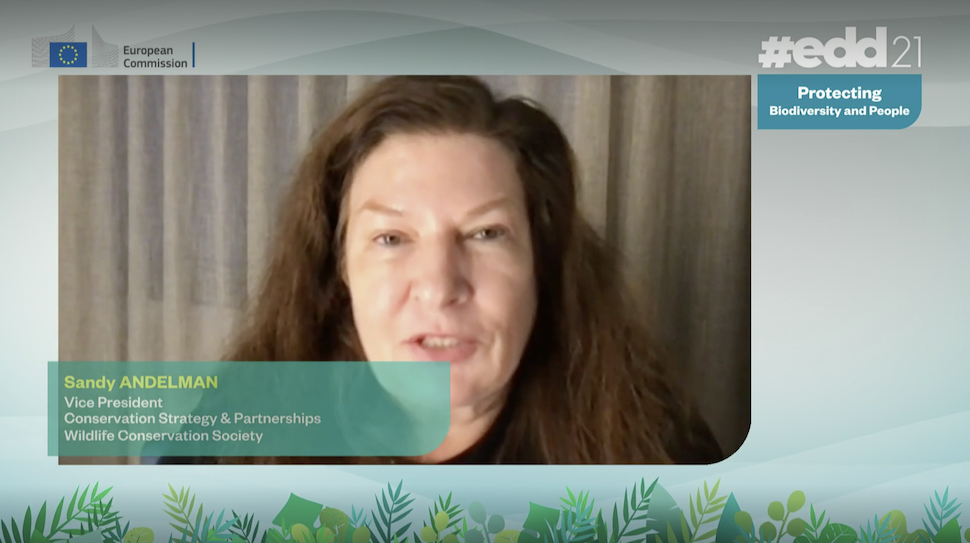This high-level panel on protected area management and species conservation held on 16th June 2021 looked at the pressures on biodiversity around the world and the role protected area and species management can play in ensuring habitats and species can survive and thrive. Organised by the European Commission and moderated by Ms. Sandra Gathmann, Al Jazeera, the session took place in the lead up to a key meeting in Kunming, China in October this year when over 190 countries are expected to agree a new and ambitious framework for global action on biodiversity protection.

Mr. Virginijus Sinkevičius, EU Commissioner for Environment, Oceans and Fisheries, noted that science is telling us that biodiversity is under intolerable stress. He called for a Paris moment for biodiversity at the fifteenth meeting of the Conference of the Parties (COP 15) to the Convention on Biological Diversity (CBD). Commissioner Sinkevičius stressed that the EU Green Deal fostered new political momentum and called for governments, NGOs, the public, and all the stakeholders to rally behind transformative action to protect our nature.

Mr. Humberto Delgado Rosa, Director for Natural Capital at DG Environment, European Commission, noted that the close links between climate change and biodiversity loss, two twin problems, cannot be disentangled. He highlighted the EU's ambition in tackling these crises through the new EU Biodiversity Strategy to 2030, which aims to protect nature and reverse the degradation of ecosystems. In particular, the new strategy includes that at least 30% of the land and 30% of the sea should be protected in the EU, and at least one third of protected areas – representing 10% of EU land and 10% of EU sea – should be strictly protected.
Ms. Rida Boutros, Young Leader from Lebanon, highlighted the numerous awareness campaigns she organised recently in Lebanon on social media, TV, and radio stations. She noted the importance to explain that conservation is not only about protecting the environment but also about protecting our wellbeing and health: “When people understand the social and economic benefits of the forest, they will want to protect it”.
Ms. Malta Qwathekana, Senior Policy Advisor, Department of Forestry, Fisheries and Environment, City of Johannesburg, South Africa, noted that protected areas are still the only effective way to conserve biodiversity, but that it also depends on how they have been set and how they are managed, as well as the availability of resources to ensure they are properly maintained. She highlighted the importance to engage with local communities when establishing new protected areas, through adequate consultations, and to ensure that human needs are taken into account.

Dr. Sandy Andelman, Vice-President for Conservation Strategy and Partnerships at WCS, highlighted that 37% of the solution to climate change is by protecting and retaining existing intact ecosystems, especially forests, which constitutes a cost-effective approach. By doing so, we are protecting not only the carbon stocks in those forests, but also the biodiversity and increasing the resilience of vulnerable local communities living around those areas. Dr. Andelman stressed that securing at least 30 percent of marine and terrestrial areas globally as protected or conserved areas will enable us to simultaneously address the three existential crises that we currently face: climate change, biodiversity loss, and pandemics. She also highlighted that science must inform the location of new protected and conserved areas and we should select high integrity ecosystems. Dr. Andelman concluded that the Legacy Landscapes Fund, Blue Action Fund, and NaturAfrica are the kinds of partnerships and ambition we need to ensure that 30x30 succeeds.

On Twitter:

